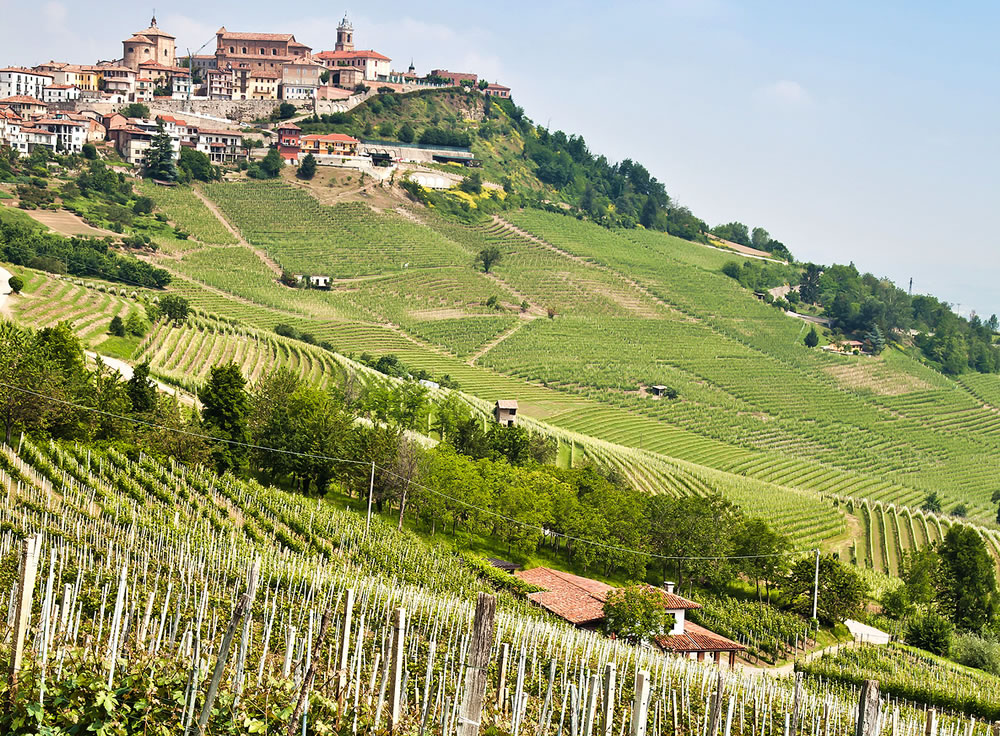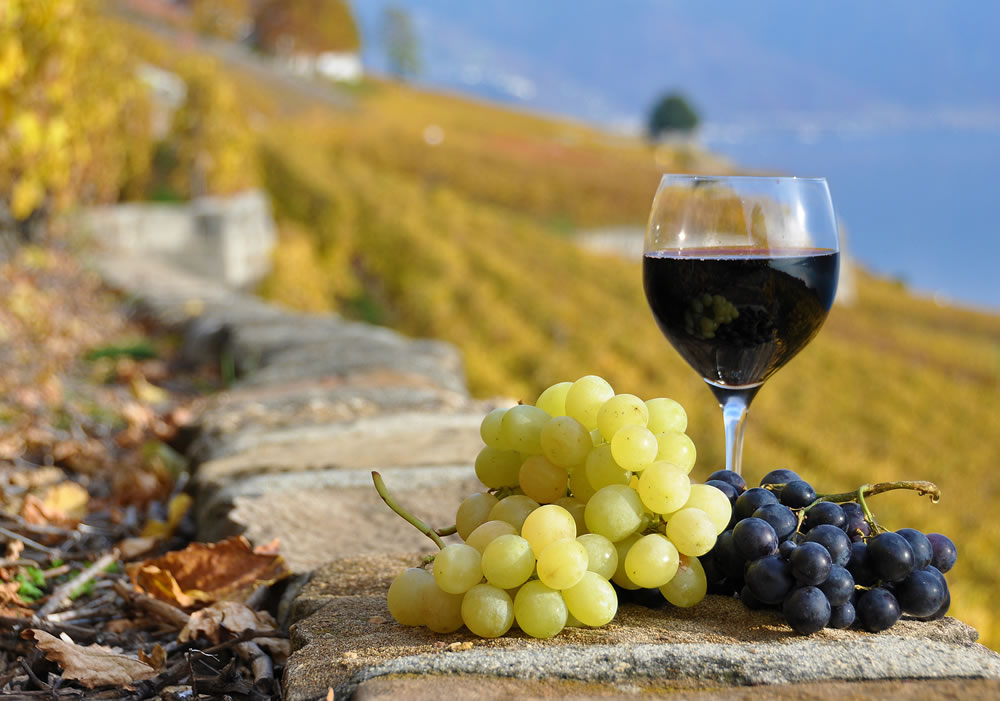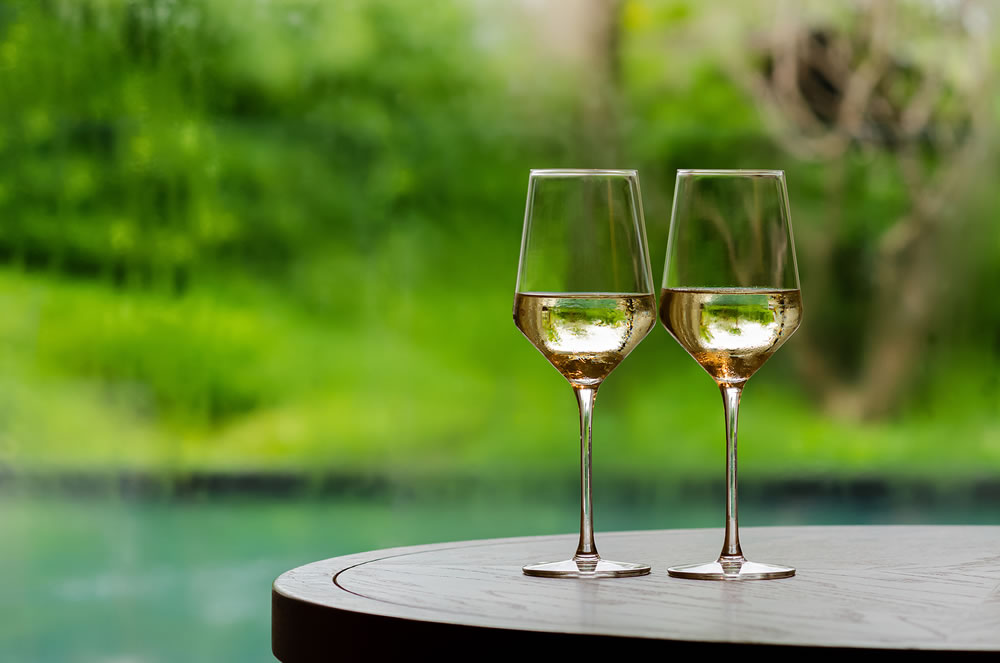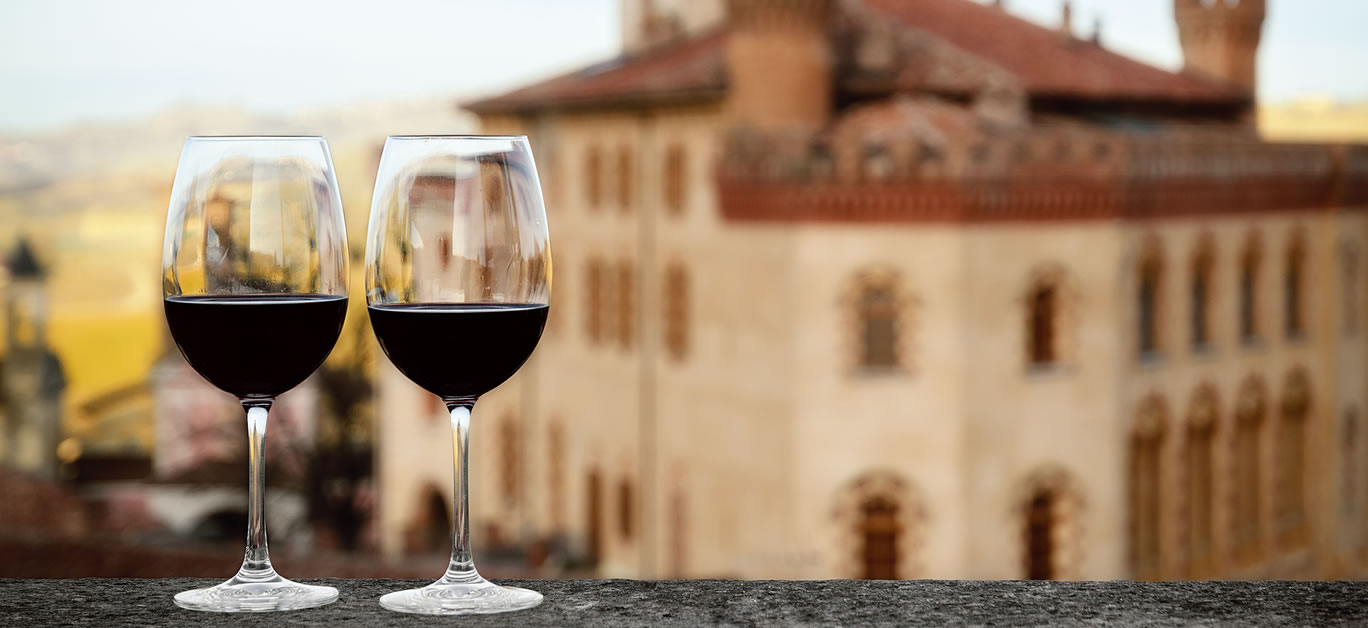Italy is renowned for its excellent wines, and Piedmont is one of the most notable regions producing great grapes. From Nebbiolo to Cortese, if you’ve ever been fortunate enough to sip on a glass or two of Piedmont wines, then you’ll know that it doesn’t do things by halves.
Flanked by the picturesque Alps to the north and the Apennines to the south, the wineries here are popular amongst the locals in the nearby Po River Valley, which includes major cities like Mian and Turin and is home to a third of the entire population of Italy. This means the wines of Piedmont are well positioned to enjoy a large slice of the national market share – but they are also widely exported around the world, including to the UK.

Perhaps two of the best-known wines to hail from the region are the Nebbiolo-based Barolo and Barbaresco, but these actually account for only three per cent of Piedmont’s production.
The sloping hills from the Apennines to Piedmont offer the perfect conditions for wine production due to the conflicting weather conditions in the area, with the coldness from the Alps going head-to-head with the warmth of the Mediterranean to create a unique temperature variation, with morning fog that burns off slowly during the day. The land higher on the hills, where Piedmont’s proudest productions can be found, thus enjoy plenty of daytime sunshine, and as such, make for some of the great-tasting wines we know and love – as well as a great many that you may have yet to discover.
The red wines of Piedmont

Nebbiolo
Widely considered to be Piedmont’s finest and proudest production, Nebbiolo is a high tannin grape with rich, fruity and subtly floral flavours including red cherry, fig and rose, as well as a good hint of spice and tar. And, with a clay-like terroir, it makes for a delectable wine that is best enjoyed having aged for around ten to fifteen years.
As with most wines, Nebbiolo wines are not all one and the same, and there are some stylistic differences showcased across some of Piedmont’s sub-regions. Barbaresco is one of the most obvious and is located just north of Alba – a small town in the Apennines. Its southern slopes are home to a string of vineyards that have been awarded the coveted DOCG status, much like those on the south-facing hills of Barolo, which is southwest of Alba.
In Barbaresco, the soil is predominantly limestone-based, which means less tannins within the wines, with grapes ripening quickly thanks to a combination of this and the climate. So, while the wines of Barolo are bold in taste and high in tannins, Barbaresco wines are comparatively lighter.
Of course, these two well-known red wines are not the only ones to emerge from the Nebbiolo grape, and there are a whole host of others to try. Look out for wines from the sub-regions of Carema, Fara, Albugnano, Nebbiolo d’Alba and Sizzano for some must-try bottles to add to your wine cellar.
Barbera
Barbera is the most widely planted grape in Piedmont, with only two DOCGs: Barbera D’Asti and Barbera del Monferrato Superiore – so look for these to ensure you’re getting optimally aged wine with a verified minimum alcohol content. Dark in colour and rich in flavour, prominent tastes include black cherry and anis with a hint of herbs.
Dolcetto
Dolcetto wines are rich, heady and dark in colour, with flavours of blackberry, liquorice and tar. Heavy on the tannins, many winemakers are now experimenting with new processes that prioritise the fruity flavours and lighten the intensity of the tannins somewhat to create something more akin to Merlot. These low acidity wines don’t age particularly well, so are best opened and enjoyed a little younger.
The white wines of Piedmont

Moscato Bianco
A sweet and moreish grape that has been around for centuries now, Moscato Bianco can be easily identified thanks to its flavours of mandarin, lychee, candyfloss and rose, and thus, it makes a wonderful dessert wine. The Asti Spumante is sweet, bubbly and just the ticket at the end of a rich meal, while the Moscato d’Asti – a lightly ‘frizzante’ wine, is especially sweet, and less alcoholic at five percent compared with the Spumante’s nine.
Cortese
Gavi wines are perhaps some of the most famous to result from the lesser-known Cortese grape and are known for their citrusy flavours and tingling acidity. Refreshingly light in flavour, they are known for going with just about everything – much like a popular Pinot Grigio.
Arneis
A medium-bodied wine featuring bitter almond notes on the finish, Arneis wines are refreshing, grassy and the perfect pick for the summer months on the patio It is most commonly found in the hills of the Roero, where it is part of the Denominazione di Origine Controllata e Garantita (DOCG) wines of Roero. This famous Italian white wine is characterized by aromas of white flowers and fresh fruit. It’s the perfect partner for fish starters and first courses, such as seafood spaghetti, as well as for vegetarian dishes.






















